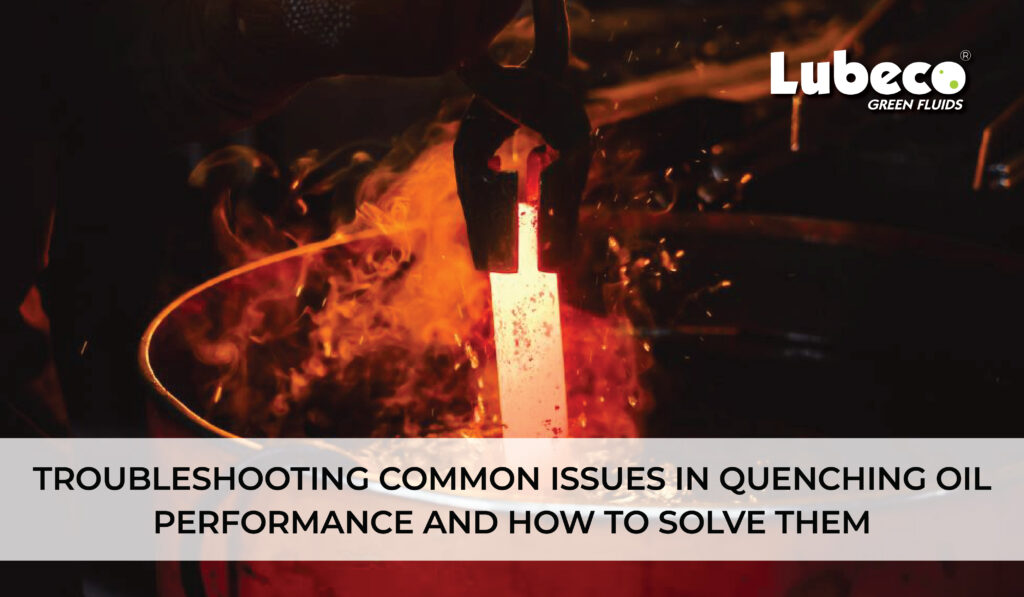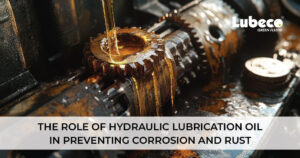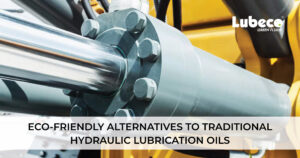Quenching oil is an essential component in the heat treatment process, playing a crucial role in controlling the cooling rate of metal parts. However, like any industrial fluid, quenching oil can encounter performance issues over time.
Understanding these problems and knowing how to troubleshoot them is vital to maintaining product quality and extending equipment life.
In this comprehensive guide, we’ll explore common issues affecting quenching oil performance, their causes, and practical solutions.
What Is Quenching Oil and Why Is It Important?
Quenching oil is a heat transfer medium used to cool metals rapidly after they are heated during the heat treatment process. Its primary purpose is to control cooling rates, ensure uniform hardness, and reduce the risk of distortion or cracking in treated metals.
The effectiveness of quenching oil depends on several factors, including its composition, operating conditions, and maintenance practices. Proper troubleshooting ensures maximum efficiency and product consistency.
Common Issues in Quenching Oil Performance
Here are some of the most frequent problems encountered with quenching oil, along with their causes and recommended solutions:
1. Decreased Cooling Performance
Efficient cooling is crucial in the heat treatment process. Decreased cooling performance can lead to inconsistent hardness, increased processing time, and compromised product quality. Identifying the root cause helps restore optimal performance.
Causes:
- Oil oxidation due to prolonged use
- Contamination from water, dirt, or metal particles
- Improper oil temperature during operation
Solutions:
- Conduct regular oil analysis to monitor oxidation levels.
- Implement a filtration system to remove contaminants.
- Maintain optimal operating temperatures as specified by the oil manufacturer.
2. Oil Contamination
Oil contamination is one of the most common issues in heat treatment facilities. It compromises the oil’s effectiveness, leading to reduced cooling performance and increased equipment wear. Recognizing contamination sources is essential for effective prevention.
Causes:
- Water ingress from cooling systems
- Metal shavings from treated parts
- Environmental debris entering the tank
Solutions:
- Regularly inspect and maintain seals and gaskets.
- Use covered tanks to prevent airborne contamination.
- Implement a robust filtration and separation system.
3. Excessive Sludge and Deposits
Sludge and deposits can accumulate in the quenching oil system due to oil degradation, reducing its efficiency. Managing these buildups is critical for maintaining consistent cooling and extending oil life.
Causes:
- Oil breakdown due to thermal degradation
- Poor oil maintenance practices
- Use of incompatible additives
Solutions:
- Schedule periodic oil changes based on operational hours.
- Use high-quality oil with good thermal stability.
- Conduct regular cleaning of the quenching tank and related components.
4. Smoke and Fumes Generation
Smoke and fumes can create a hazardous work environment and signal problems within the quenching oil system. Identifying the underlying causes helps maintain safety and operational efficiency.
Causes:
- Overheating of quenching oil
- Use of low-flash-point oil
- Contaminants such as solvents or fuels mixed with oil
Solutions:
- Monitor and control oil temperature carefully.
- Switch to a higher flash-point quenching oil.
- Avoid cross-contamination with other chemicals.
5. Inconsistent Hardening Results
Achieving consistent hardness is critical in the heat treatment process. Variability in hardening results can result from improper oil usage, affecting product quality and production efficiency.
Causes:
- Improper agitation of the oil bath
- Uneven heating of metal parts
- Incorrect oil selection
Solutions:
- Ensure adequate agitation to maintain uniform cooling.
- Use pre-heating systems for metal parts if needed.
- Select the appropriate quenching oil for the specific metal and heat treatment process.
6. Foaming and Air Entrainment
Foaming and air entrainment can disrupt oil flow, reducing cooling efficiency and causing process instability. Understanding how to prevent and manage foaming ensures smooth operations.
Causes:
- High agitation speeds
- Oil contamination with water or other substances
- Inadequate defoaming agents in the oil
Solutions:
- Reduce agitation speed while maintaining uniform cooling.
- Check for and eliminate water contamination.
- Use oil formulated with effective anti-foaming agents.
Preventive Maintenance Tips for Quenching Oil
Preventive maintenance is the best defense against quenching oil issues. By following these tips, you can keep your oil system running efficiently and avoid unexpected downtime.
- Regular Oil Analysis: Conduct oil analysis at scheduled intervals to check for contamination, oxidation, and viscosity changes.
- Temperature Monitoring: Maintain oil temperatures within recommended limits to avoid degradation and ensure consistent cooling rates.
- Tank Cleaning: Periodically clean quenching tanks to remove sludge, deposits, and other residues.
- Filtration Systems: Use high-quality filtration systems to remove particulate matter and water from the oil.
- Proper Storage: Store quenching oil in clean, sealed containers away from moisture and direct sunlight.
Choosing the Right Quenching Oil
Selecting the correct quenching oil is critical to achieving the desired heat treatment results. Consider the following factors when choosing quenching oil:
- Cooling Speed: Choose between fast, medium, or slow-cooling oils based on your specific process needs.
- Flash Point: Opt for high-flash-point oils to reduce smoke and fire hazards.
- Thermal Stability: Look for oils with high resistance to oxidation and thermal degradation.
- Additives: Consider oils with additives that provide rust prevention, anti-foaming, and oxidation resistance.
When to Replace Quenching Oil
Knowing when to replace quenching oil is essential for consistent performance. Replace oil when:
- Oil Analysis Results Are Poor: High contamination levels or significant oxidation indicate the need for replacement.
- Cooling Performance Declines: If cooling rates are inconsistent despite proper maintenance, it may be time for a change.
- Frequent Equipment Downtime: Persistent operational issues often signal degraded oil quality.
- Visible Contamination: If you notice significant sludge, deposits, or water contamination, replace the oil immediately.
Environmental and Safety Considerations
Proper handling and disposal of used quenching oil are critical to minimizing environmental impact. Follow these safety tips:
- Dispose of Oil Responsibly: Use certified waste management services for environmentally safe disposal.
- Follow Safety Protocols: Use protective gear when handling hot oil to prevent burns and exposure to fumes.
- Spill Management: Implement a spill containment system to avoid accidental environmental contamination.
Let’s Sum It Up
Maintaining quenching oil performance involves understanding common issues, monitoring oil quality, and following best maintenance practices.
By troubleshooting problems promptly and implementing preventive measures, you can extend the life of your quenching oil, reduce downtime, and improve the quality of your heat-treated products.
Investing in high-quality quenching oil and adhering to a proactive maintenance schedule will ensure smooth operations, enhanced productivity, and long-term cost savings for your heat treatment processes.
FAQ’s
- What causes quenching oil to degrade?
Thermal oxidation, contamination, and exposure to high temperatures cause oil degradation. - How often should quenching oil be analyzed?
Perform oil analysis every three to six months, depending on usage intensity. - Can I mix different types of quenching oil?
No, mixing oils can cause compatibility issues and reduce performance. - What’s the ideal temperature range for quenching oil?
The recommended range is typically 120-180°C (250-350°F), but consult the manufacturer’s specifications. - How do I prevent water contamination in quenching oil?
Regularly inspect seals, use oil-water separation systems, and ensure proper storage conditions.
By staying proactive and addressing issues early, you can maintain optimal quenching oil performance and ensure the long-term success of your heat treatment operations.










